NASA can be fun
Smuggled sandwiches, gorillas & more: 11 incredible space stories
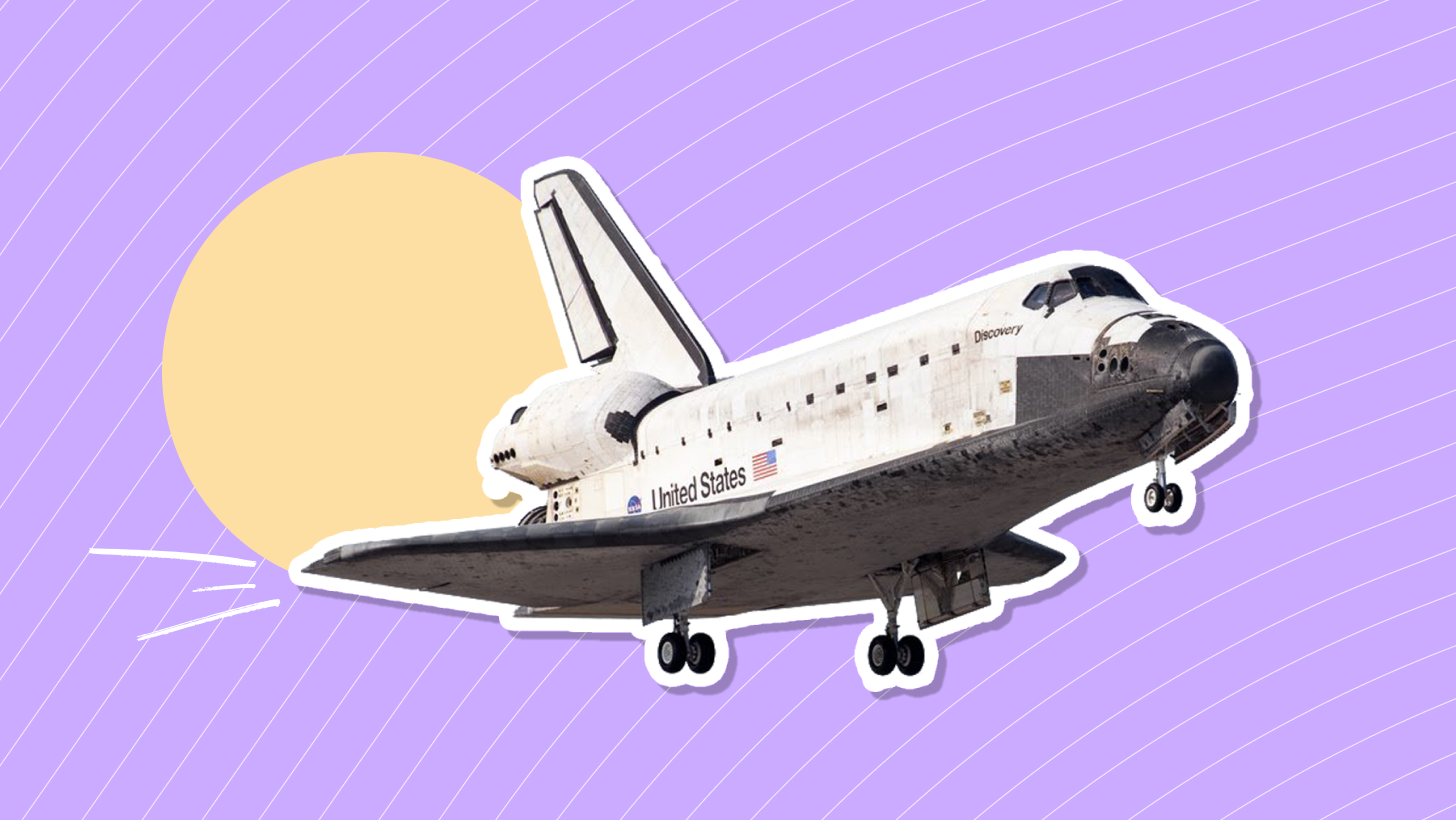
Space exploration might seem like all rockets and science on the surface, but behind NASA’s historic missions lie some truly weird and hilarious moments. From smuggled sandwiches floating in zero gravity to surprise gorilla-suit pranks aboard the International Space Station, the U.S. space program has had its share of unexpected twists. Did you know about these 12?
Image: Gerhard Janson
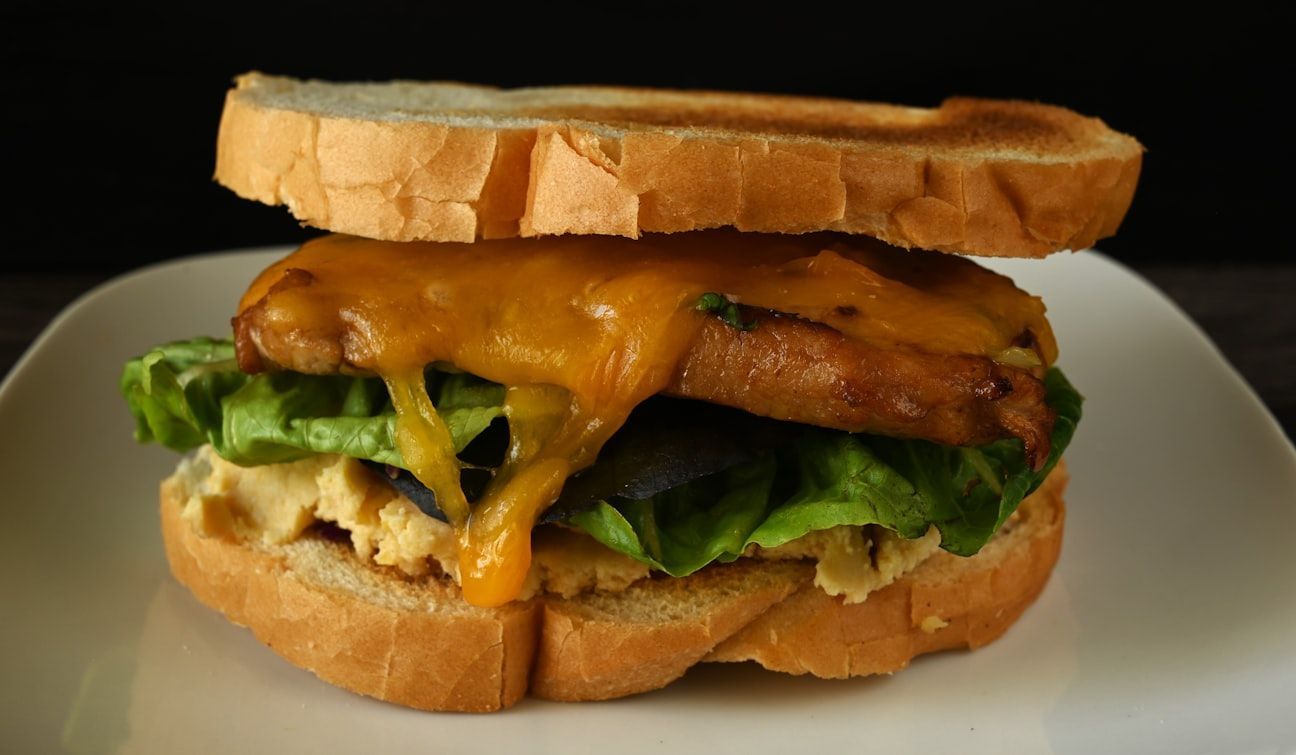
Smuggled sandwich
During the Gemini 3 mission, astronaut John Young secretly brought a corned beef sandwich into space . He and fellow astronaut Gus Grissom took a few bites while in orbit.
Needless to say, Mission Control wasn’t amused—there were serious concerns about crumbs floating around and interfering with the spacecraft’s systems.
Image: Gennady Zakharin
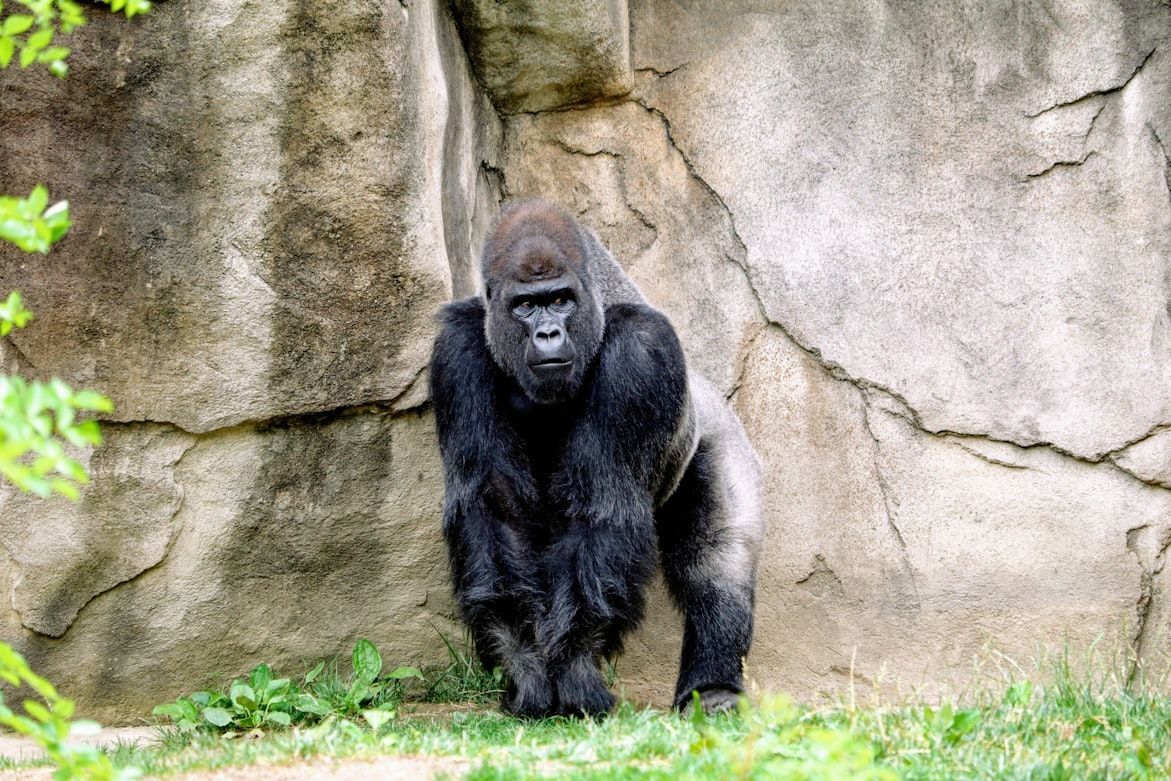
A gorilla in the ISS
Astronaut Scott Kelly pulled off a wild prank during his year in space by dressing in a gorilla suit and chasing fellow astronaut Tim Peake around the International Space Station.
The costume had been secretly sent by Scott’s twin brother, Mark Kelly, as a surprise birthday gift during the mission.
Image: Amy Reed

Lunar picnic
In 1969, Neil Armstrong and Buzz Aldrin made history as the first humans to walk on the Moon. But they didn’t stop there.
To mark the occasion, they also shared the first meal on the lunar surface . The menu included bacon squares, peaches, sugar cookie cubes, a pineapple-grapefruit drink, and coffee.
And unlike the smuggled corned beef sandwich incident, this meal was entirely mission-approved.
Image: Lucie Capkova
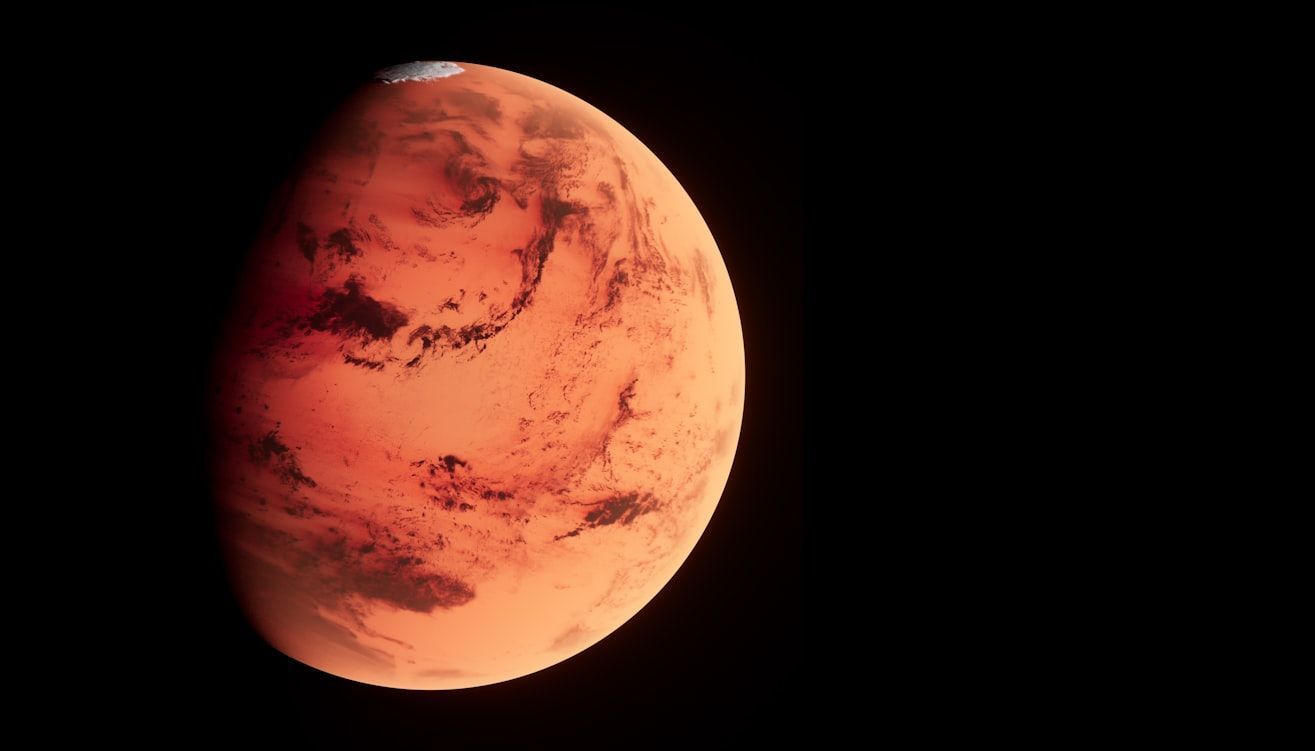
Fined by Mars "owners"
In 1997, NASA was sued by three men from Yemen who claimed that Mars had been passed down to them by their ancestors.
They accused NASA of trespassing when the Pathfinder rover landed — and even began selling plots of Martian land for $2 per square meter. Of course, the case was never taken seriously.
Image: Planet Volumes
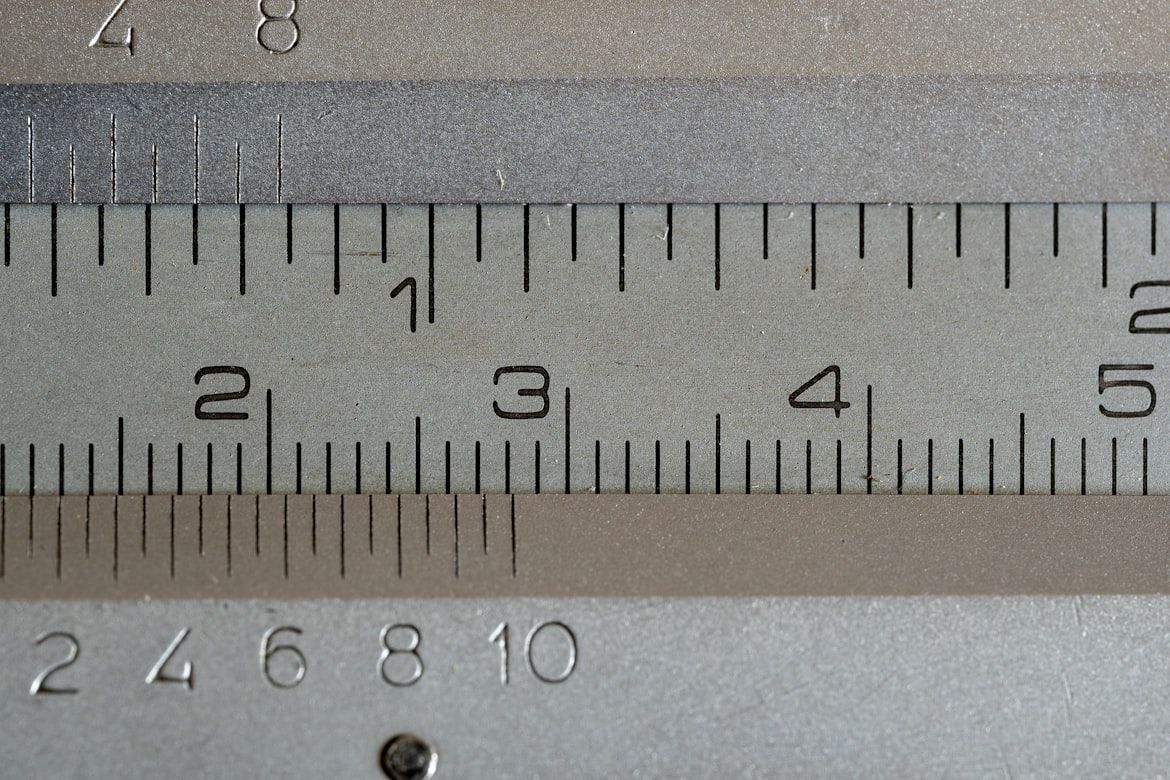
Metric vs. Imperial
Back in 1999, NASA lost a Mars orbiter due to a mix-up between metric and imperial units. One team used the metric system, while another used imperial units to track thruster force.
The error caused the spacecraft to veer off course and burn up in the Martian atmosphere. It had been intended to be the first satellite to study Mars's climate and weather in detail.
Image: Bozhin Karaivanov
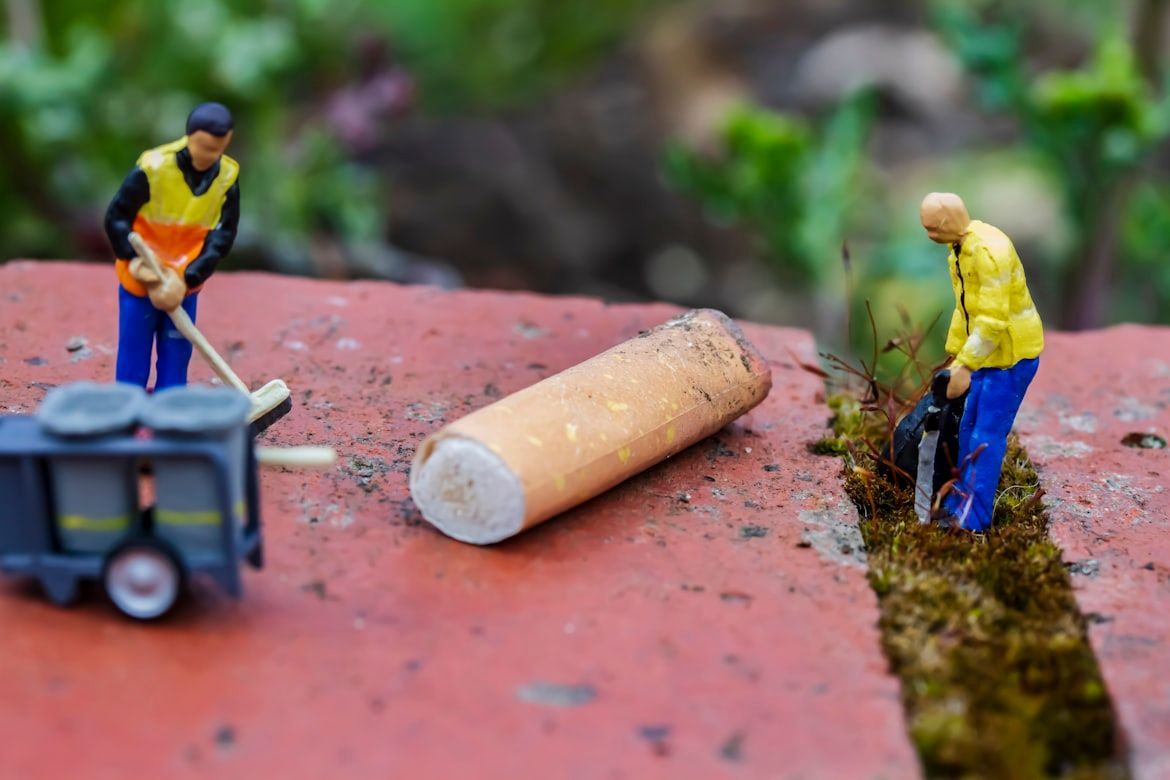
Another fine—for littering
In 1979, NASA’s Skylab space station re-entered Earth’s atmosphere and broke apart, scattering debris across Western Australia, about 482 kilometers east of Perth.
In response, the Shire of Esperance , a local government body in Western Australia, jokingly fined NASA $400 for littering.
Image: Attila Lisinszky
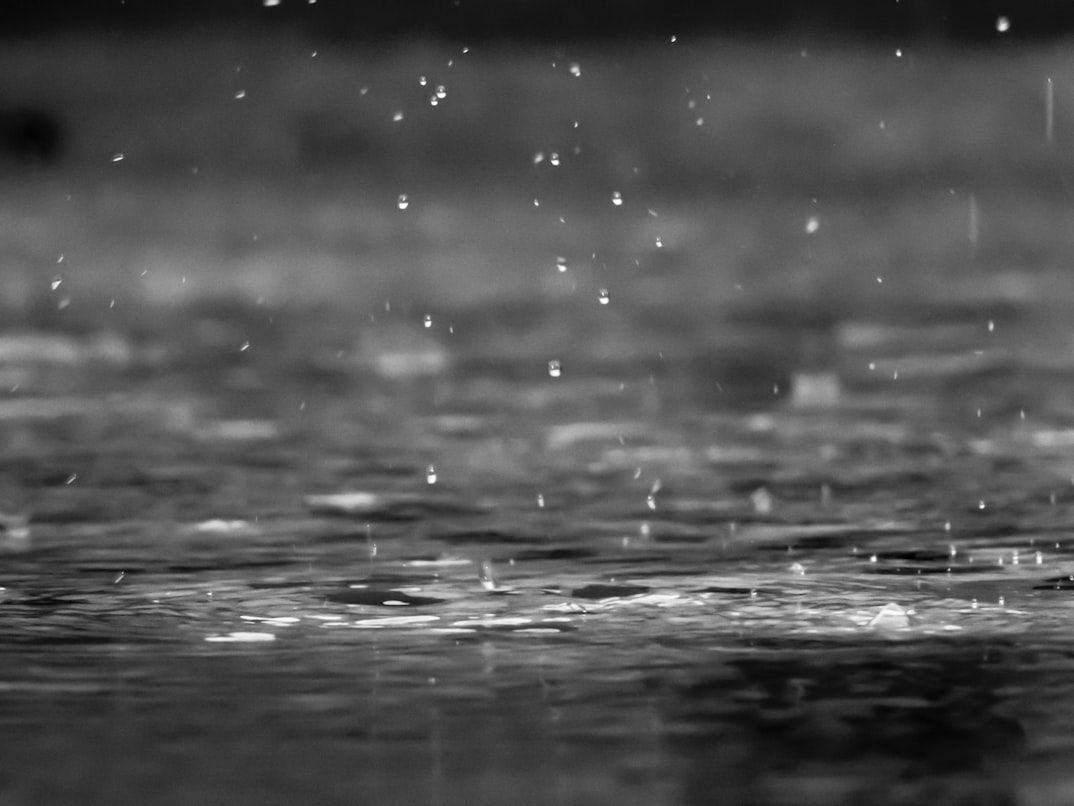
A building with its own weather
NASA’s Vehicle Assembly Building (VAB) at the Kennedy Space Center is one of the largest buildings in the world by volume, enclosing over 3.7 million cubic meters of space. It was originally built to assemble the massive Saturn V rockets used in the Apollo missions.
But its immense size—combined with Florida’s high humidity—once led to clouds forming inside . To prevent this, NASA installed a 10,000-ton air conditioning system to control moisture and protect delicate spacecraft.
Image: reza shayestehpour
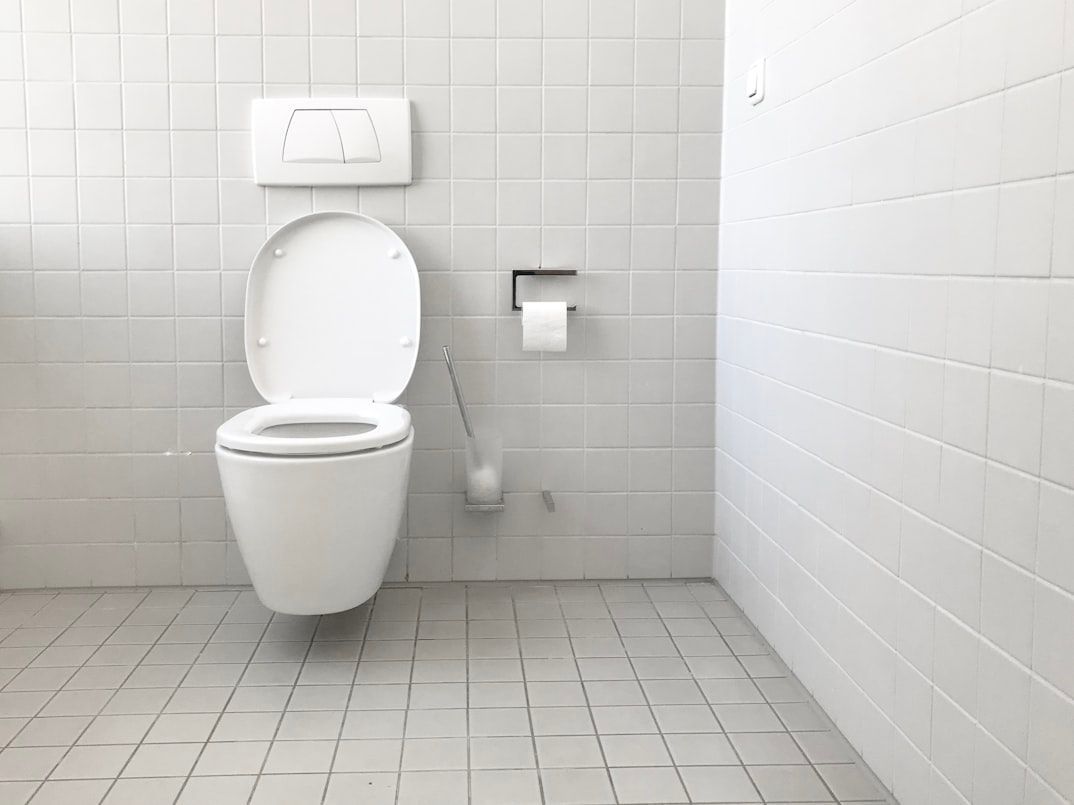
Bathroom issues
Early space missions didn’t have modern toilets—just plastic bags taped in place. During Apollo 10, this led to an awkward moment when a piece of human waste was spotted floating through the cabin .
Commander Tom Stafford asked for a napkin to grab it, but no one claimed responsibility. Minutes later, another one appeared. The crew laughed it off, but to this day, the mystery remains unsolved.
Image: Jan Antonin Kolar
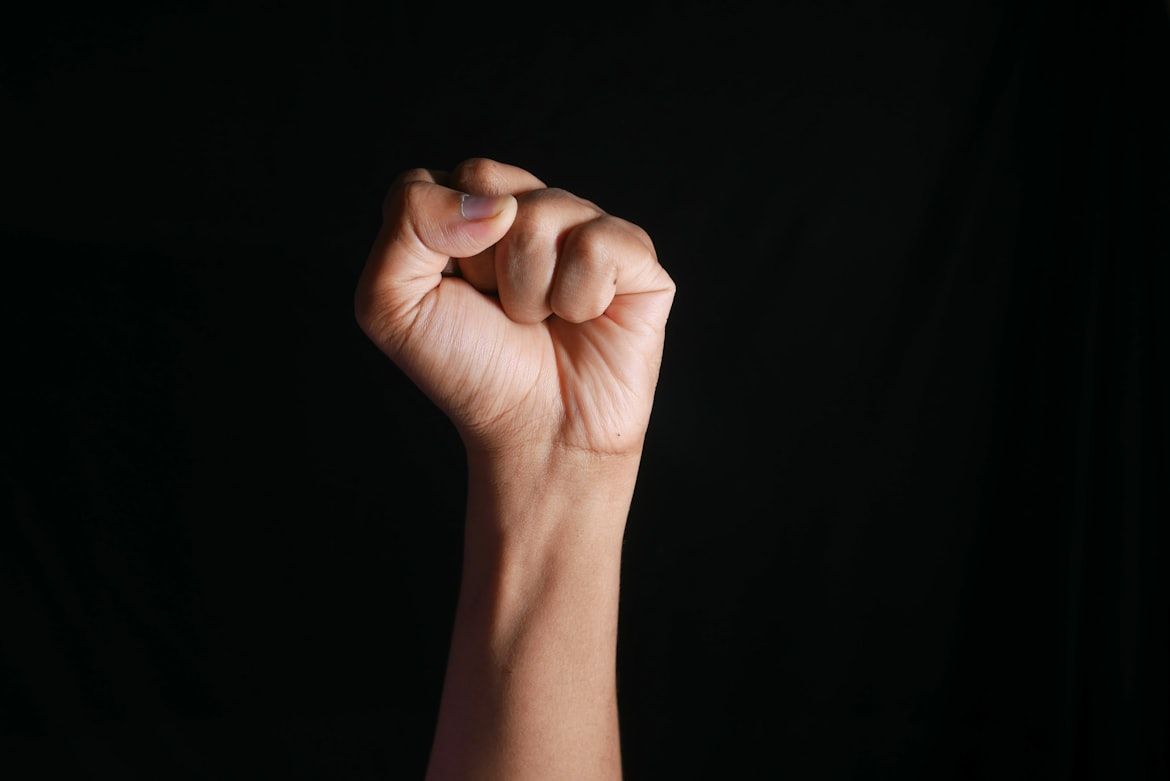
Mutiny in space
In 1974, the Skylab 4 crew spent 84 days in space—the longest mission at the time. Overworked and stressed, the astronauts staged the first space mutiny by taking a surprise day off and cutting communication with NASA.
They relaxed and enjoyed the view of Earth before resuming contact the next day. NASA wasn’t thrilled but learned a valuable lesson: space missions must care for astronauts’ mental health, not just their physical well-being.
Image: Towfiqu barbhuiya

Paid to stay in bed
NASA once paid volunteers $15,000 to lie in bed for 90 days to simulate the effects of zero gravity on the human body.
It sounds like a dream job (pun intended)—until you realize they weren’t allowed to get up at all, not even for a second.
Image: Kinga Howard

No insurance
Before Apollo 11 launched, the crew couldn’t get life insurance due to the mission’s high risks . So Armstrong, Aldrin, and Collins came up with a clever backup plan.
They signed envelopes and postcards, which friends postmarked during the mission. If the astronauts didn’t return, their families could sell them to collectors for financial support.
Image: Vlad Deep





